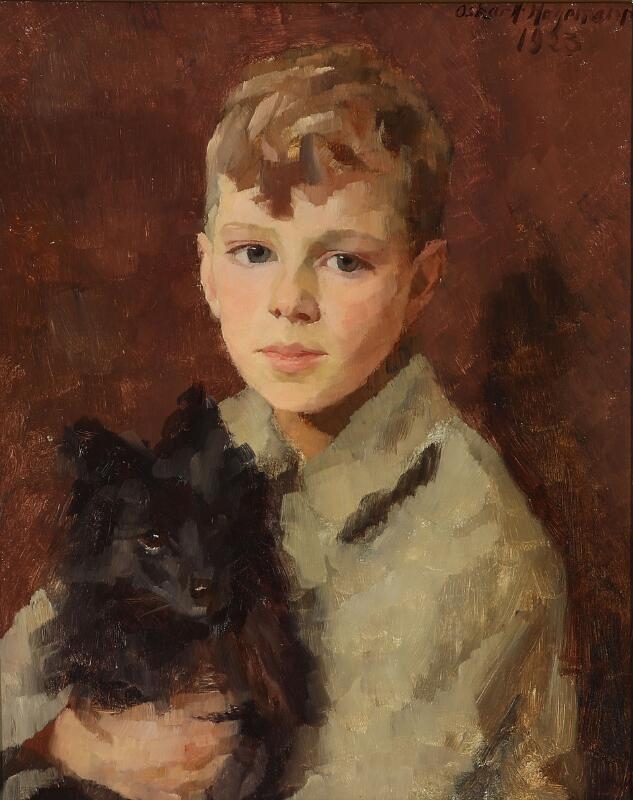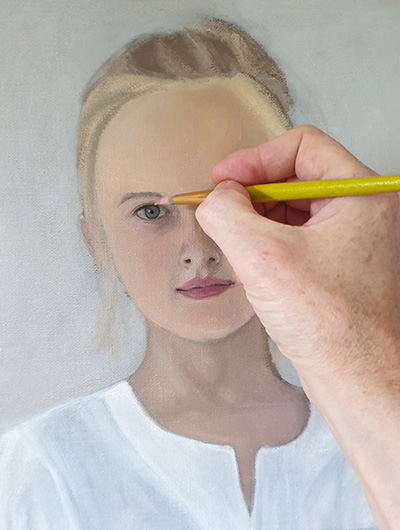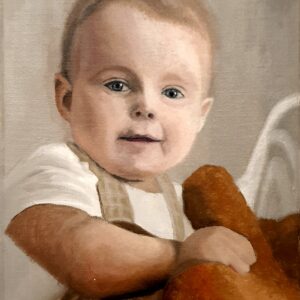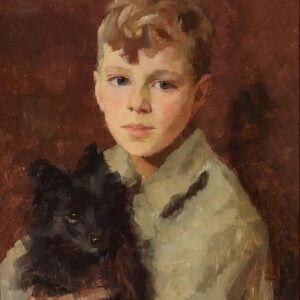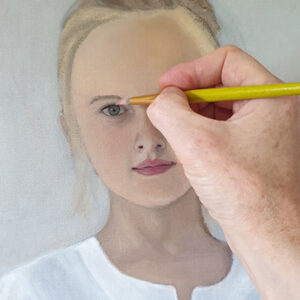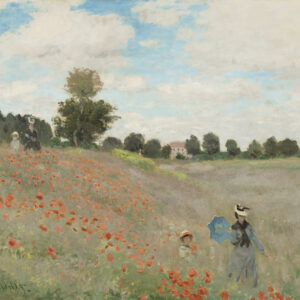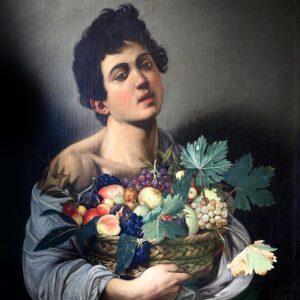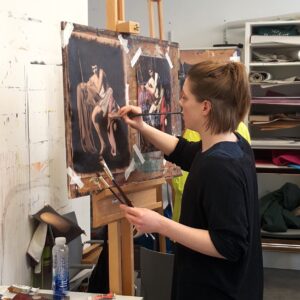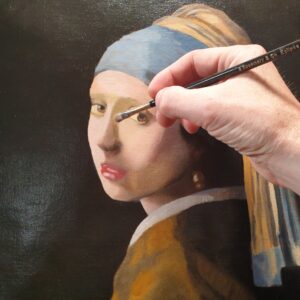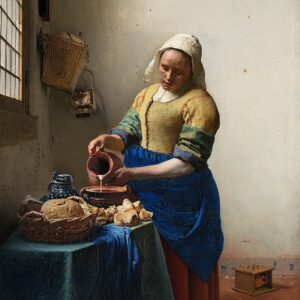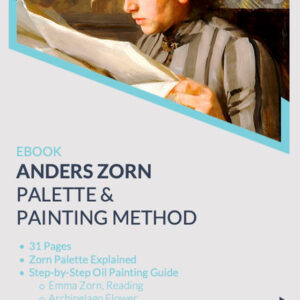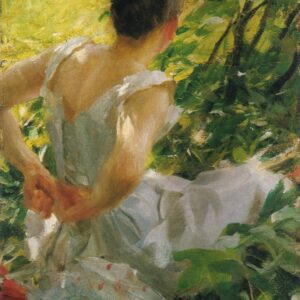Painting Children’s Portraits (Cahir Studio)
€210.00
6-WEEK STUDIO COURSE
Starting Tuesday 3rd December 2024 in Cahir, Co. Tipperary
Also available ONLINE
Venue: Cahir Arts, Cahir, Co. Tipperary
Class Time: Tuesdays 7 – 9pm
Dates: 3, 10 & 17 December 2024 and 7, 14 & 21 January 2025
Medium: Oil or Acrylic Paint (and Pencil / Charcoal)
Format: Studio-Based Physical Classes
Level: All levels
Have you ever tried to paint one of your children, grandchildren, nieces or nephews?
If so, you’ve probably quickly realised how much more challenging this is, compared to say, painting an adult. Some artists would say that everything we know about portrait painting goes out the window once we try to paint a child’s portrait.
Everything is very subtle about a young face and the portrait painting is an unforgiving task. The slightest indelicacy – too strong a line here, a bold brushstroke there, a sudden change of value or colour – can have a catastrophic effect, and make the child look unnaturally old. In the case of an adult’s portrait, such treatment would add character and even enhance the portrait!
This course is specially designed to show you the main challenges and common pitfalls of painting children and how to overcome them, and create beautiful portraits using subtle colour, soft tones, and delicate line and edge work.
You will learn how the proportions of a child’s face and features differ from an adult’s, how to find structure in a child’s yet unformed features, and how to handle delicate colour mixing, blending and brushwork to reflect the delicate appearance of a child’s face.
See full description, what’s included, what’s required, and other important information in the tabbed sections below.
In stock



